How to Optimize Call Center Queues
When it comes to customer service, the first impression is always the most important. This is especially true for businesses that rely on their call center queues to provide support for their customers. If your call center queues are not optimized, you could be losing business and damaging your reputation.
Understand the different types of call center queues and when to use them
There are four different types of call center queues: first in, first out (FIFO); last in, first out (LIFO); skills-based; and priority. FIFO is the most common type of queue because it’s simple and easy to manage. Calls are answered in the order they’re received. LIFO is less common because it can frustrate customers who have been waiting on hold for a long time. Skills-based routing is when calls are routed to agents based on their skills or expertise.
Configure your queues for optimal performance
Your call center queues are the backbone of your customer service operation. They route calls to the right agents and help to ensure that calls are answered in a timely manner. But if your queues are not properly configured, you could be missing out on important opportunities to improve your customer service.
Here are a few tips on how to optimize your call center queues for better performance:
1. Make sure your queue is properly sized.
If your queue is too small, calls will start backing up and your customers will experience long wait times. On the other hand, if your queue is too large, you’ll have too many agents sitting idle and not enough calls being routed to them.
To find the perfect queue size, start by monitoring your call volume and average wait times. Then, adjust your queue size accordingly.
2. Use call routing rules to direct calls to the right agents.
Call routing rules help to ensure that calls are being routed to the right agents. For example, you can use call routing rules to route calls based on the caller’s location or the type of inquiry.
3. Utilize skills-based routing.
Skills-based routing is a method of call routing that directs calls to agents based on their skills and qualifications. This ensures that calls are being routed to the right agents, which can help to improve first call resolution rates.
4. Monitor your queue metrics.
Monitoring your queue metrics is essential for making sure that your queues are performing optimally. Queue metrics can help you identify issues such as long wait times or high abandon rates.
